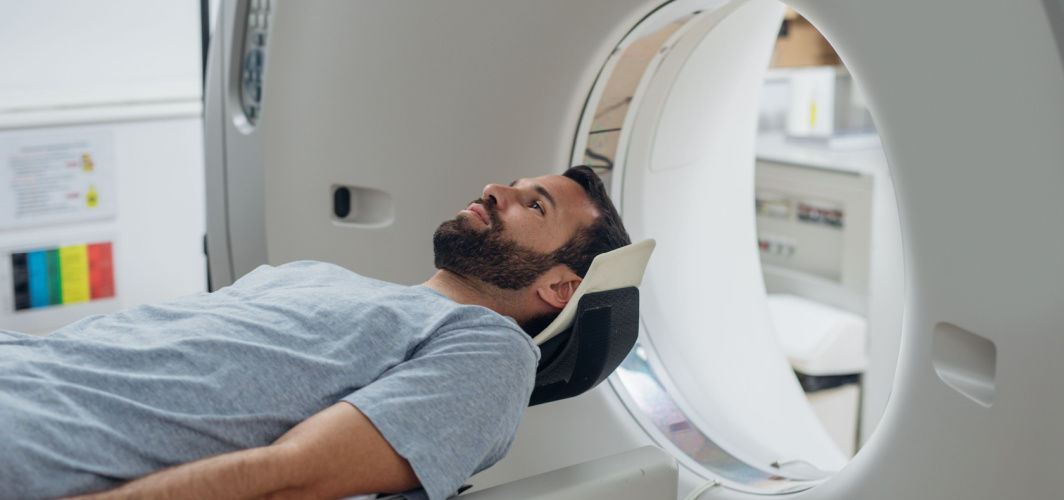General Health
Cataract: Recognizing the Early Signs
4 min read
By Apollo 24/7, Published on - 26 October 2021, Updated on - 08 November 2022
Share this article
1
6 likes

The human eye has different parts that work together to process the light from the environment and form an image. The outermost layer is called the cornea that allows light to enter the eye through the pupil (a big black spot in the centre). The light is then sent to the lens, which focuses it on the special sensory cells, called the retina. The retina changes the light into electrical impulses, sends it to the brain, and receives an image through the optic nerve.
Changes in any part of the eye can interfere with one’s vision. A cataract is one such condition where the lens of the eye, which is usually clear, gets clouded, causing blurry or loss of vision. It usually occurs in old age (usually after 40) but can also develop early in life. Though cataracts usually do not hurt, they can make the eyes sensitive to light, resulting in discomfort.
What are the early signs of cataracts?
Cataracts develop slowly and gradually cover the area of vision. The most common signs of cataracts include:
- Cloudy, foggy or blurry vision
- Double or ghost vision
- Increased sensitivity to sunlight or bright lights
- Witnessing halo, especially at night
- Frequent changes in the eyeglass prescription
- Poor vision at night
- Unable to identify colours properly.
What causes cataracts?
Most cataracts are related to ageing. With growing age, the protein in the lens of the eye starts breaking down and clumping together around the eye. This clump starts forming a cloudy area on the lens, making it difficult to see. While mostly the clouding occurs due to ageing, factors that may hasten the formation of cataracts include:
- Systemic diseases such as diabetes
- Smoking
- Prolonged use of steroids
- Use of phenothiazine, an antipsychotic drug used in schizophrenia and bipolar disorder.
- Prolonged exposure to sunlight without eye protection
- Use of diuretics, which are used to treat hypertension
- Eye injury
- Radiation treatment.
Based on the causes, cataracts can be:
- Congenital, developmental or juvenile cataracts: Sometimes, infants are either born with cataracts or develop them while growing.
- Traumatic cataracts: These cataracts develop due to an injury to the eye. The cataract can develop either immediately after the accident or years later.
- Secondary cataracts: This type of cataract occurs due to some other disease in the body such as cataracts due to diabetes or excessive steroid use.
How can cataracts be treated?
During the early stages, the doctor may prescribe vision correction glasses to help improve the eyesight. However, if the vision gets extremely cloudy, one may require surgery to remove the clouded lens and replace it with a new, artificial lens, which is also known as also called an intraocular lens.
Ways to maintain a healthy eyesight
Measures that may help reduce the risk of developing eye diseases including cataract and ensure healthy vision include:
- Consuming a diet rich in green leafy vegetables, eggs, citrus fruits, nuts, and beans, oily fishes (such as salmon and tuna) as they are rich in carotenoids, which help prevent oxidative damage to the eyes.
- Quitting smoking completely because it makes the vision cloudy and increases the risk of developing Age-related Macular Degeneration (AMD), cataracts and glaucoma. Chronic smoking can also block the blood supply to the retina and worsen diabetic retinopathy.
- Using protective eye covers such as glasses and goggles while going out as the UVA and UVB light released from the sun can damage the eyes and increase the risk of developing AMD and cataracts. One should also wear protective eye shields or guards while cleaning or working with chemicals and fireworks.
- Avoiding the use of expired and contaminated eye-makeup products. One should keep their makeup brushes and appliances clean.
- Monitoring the blood pressure and sugar levels regularly. One must inform the doctor in case of any significant changes.
- Using artificial tears, eye drops or warm compresses to soothe the eyes and prevent drying.
- Visiting the ophthalmologist routinely, especially after the age of 40 years, for regular eye check-ups.
Conclusion
Cataracts occur due to the clouding of the lens of the eye leading to blurred and distorted vision. Cataracts can be treated effectively by carrying out a minor surgery that can help restore vision. Most cases of vision loss can either be cured or prevented. People must follow necessary measures to keep their eyes healthy and visit an ophthalmologist routinely for eye check-ups.
For any queries related to eye health including cataracts, consult an eye specialist.
You can also explore a range of eye care products to keep your eyes healthy.
General Health
Leave Comment
Recommended for you

General Health
Surprising! Your Sleep Pattern Actually Affects Your Body Weight
We all need sleep, but we seldom give it the attention that it deserves. Furthermore, your risk of getting obese increases if you get less sleep than is recommended each night.

General Health
20 Things You Must Have In Your First-Aid Kit
Every house should have a first aid kit to handle emergencies. From antiseptic lotion to bandages, cotton rolls and disposable gloves, here are 20 items that you should have in your first aid kit.

General Health
The Role of MRI Scans in Detecting and Diagnosing Cancer
Discover the pivotal role of MRI scans in early cancer detection and diagnosis, offering insights for improved patient care.
Subscribe
Sign up for our free Health Library Daily Newsletter
Get doctor-approved health tips, news, and more.
Visual Stories

Science-backed Home Remedies for Burns and Blisters
Tap to continue exploring
Recommended for you

General Health
Surprising! Your Sleep Pattern Actually Affects Your Body Weight
We all need sleep, but we seldom give it the attention that it deserves. Furthermore, your risk of getting obese increases if you get less sleep than is recommended each night.

General Health
20 Things You Must Have In Your First-Aid Kit
Every house should have a first aid kit to handle emergencies. From antiseptic lotion to bandages, cotton rolls and disposable gloves, here are 20 items that you should have in your first aid kit.

General Health
The Role of MRI Scans in Detecting and Diagnosing Cancer
Discover the pivotal role of MRI scans in early cancer detection and diagnosis, offering insights for improved patient care.